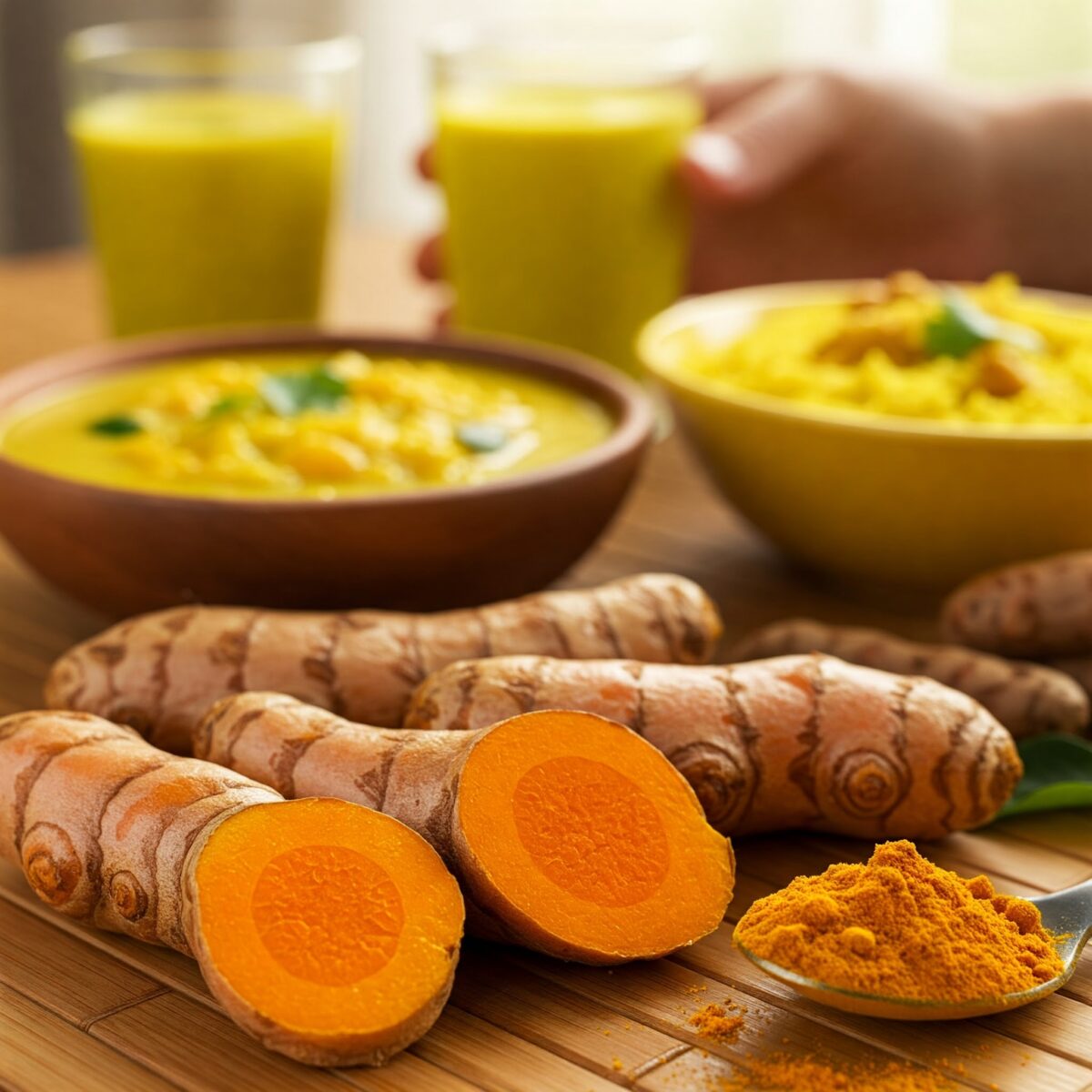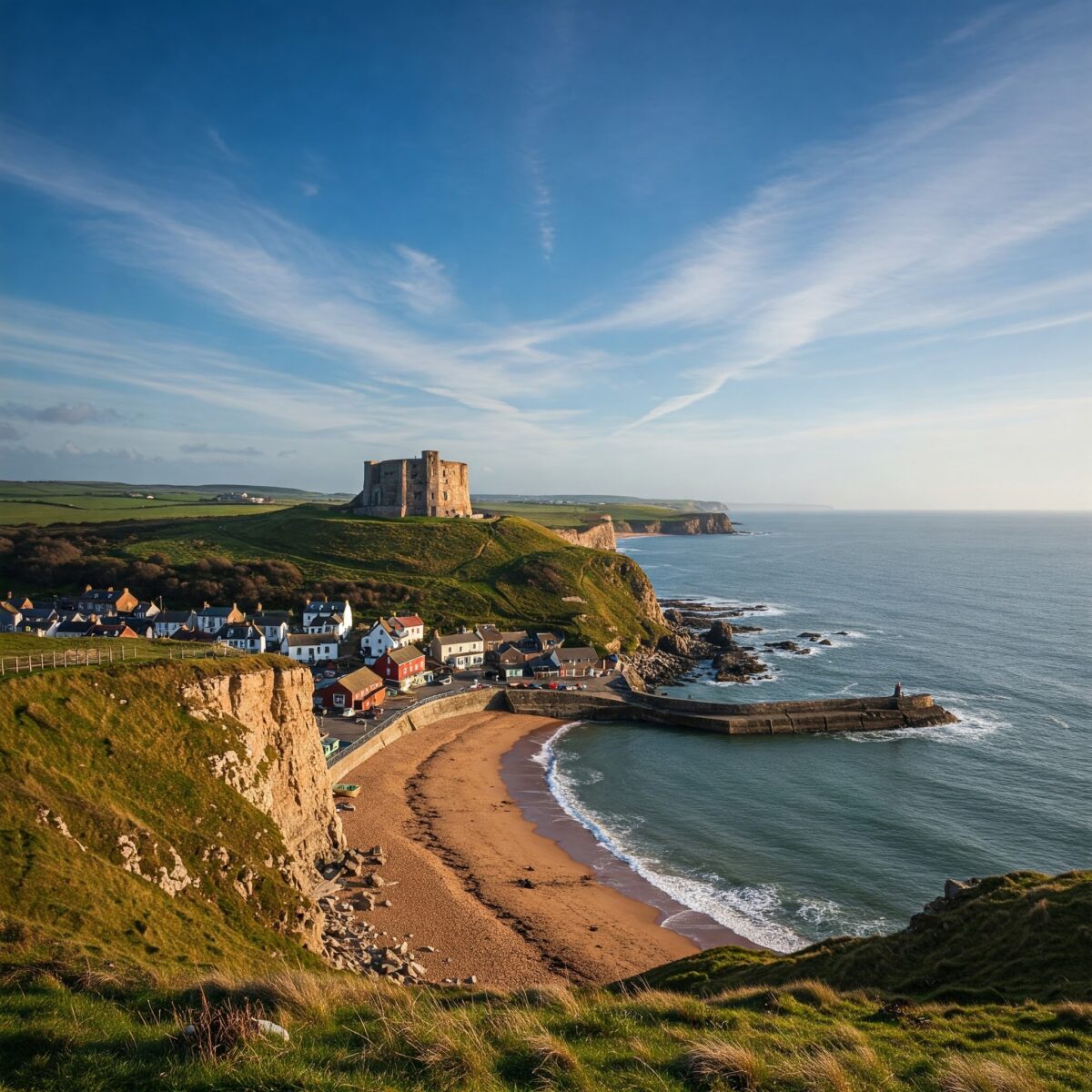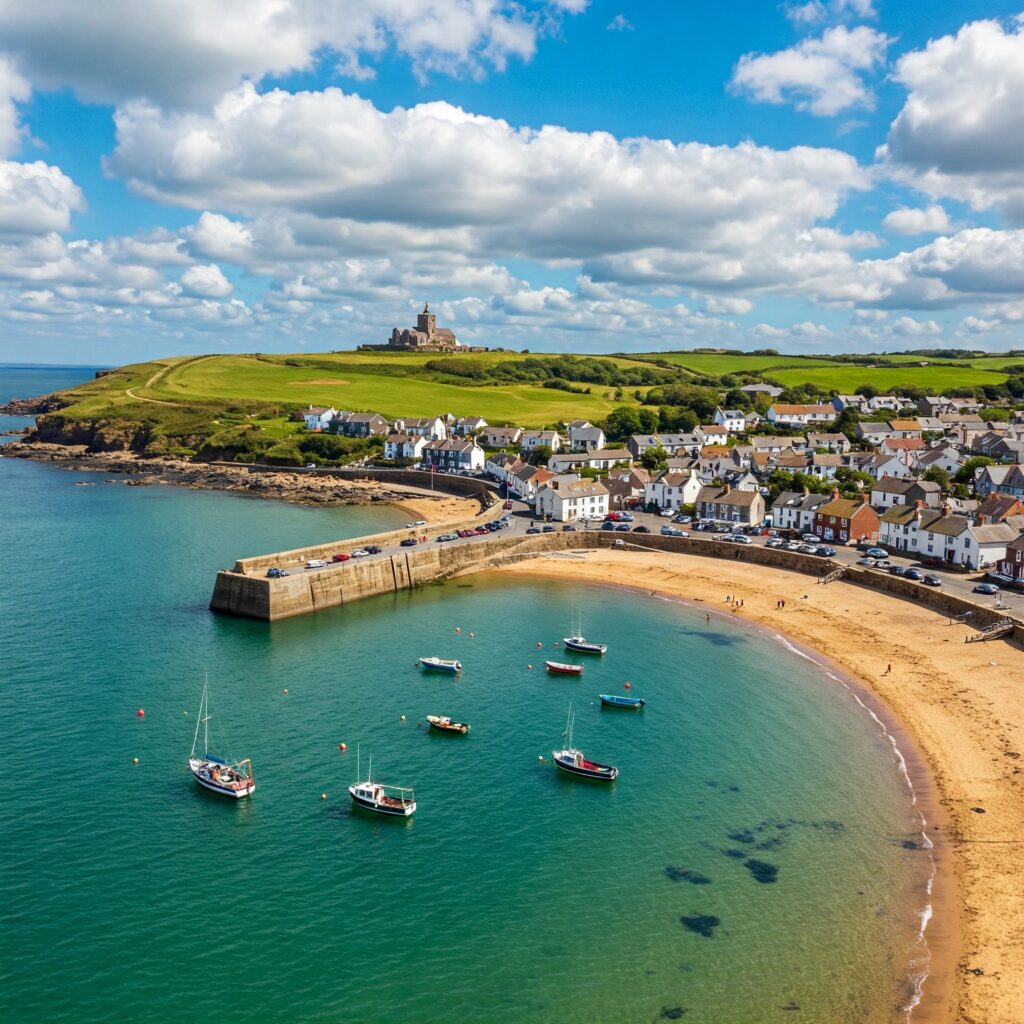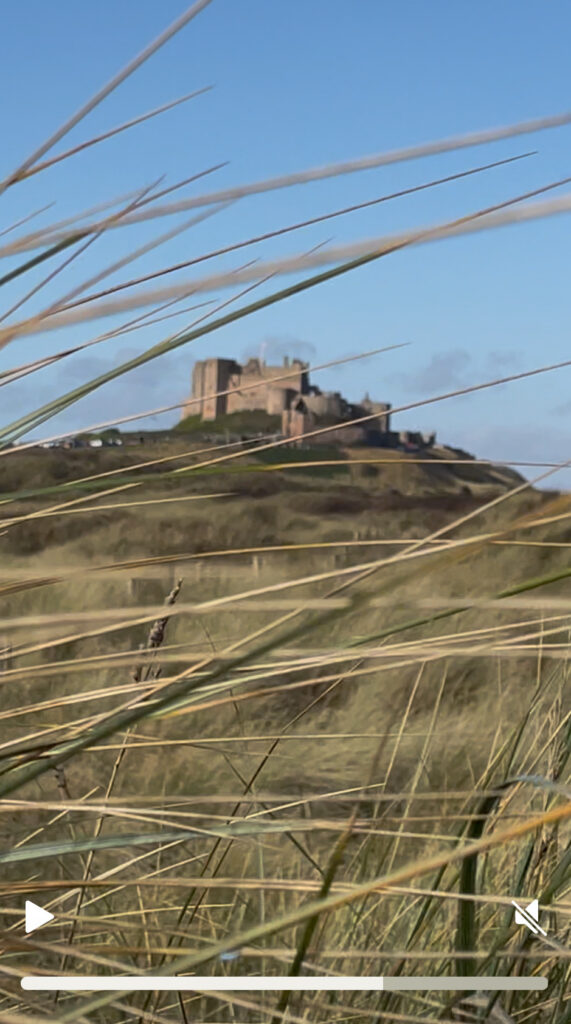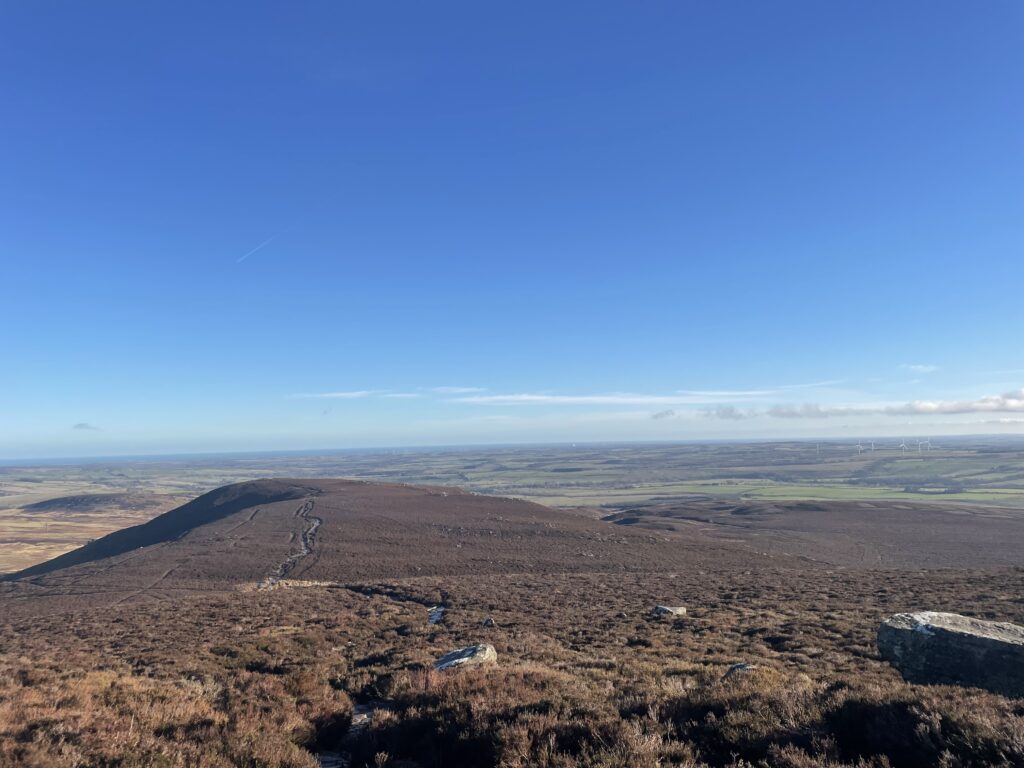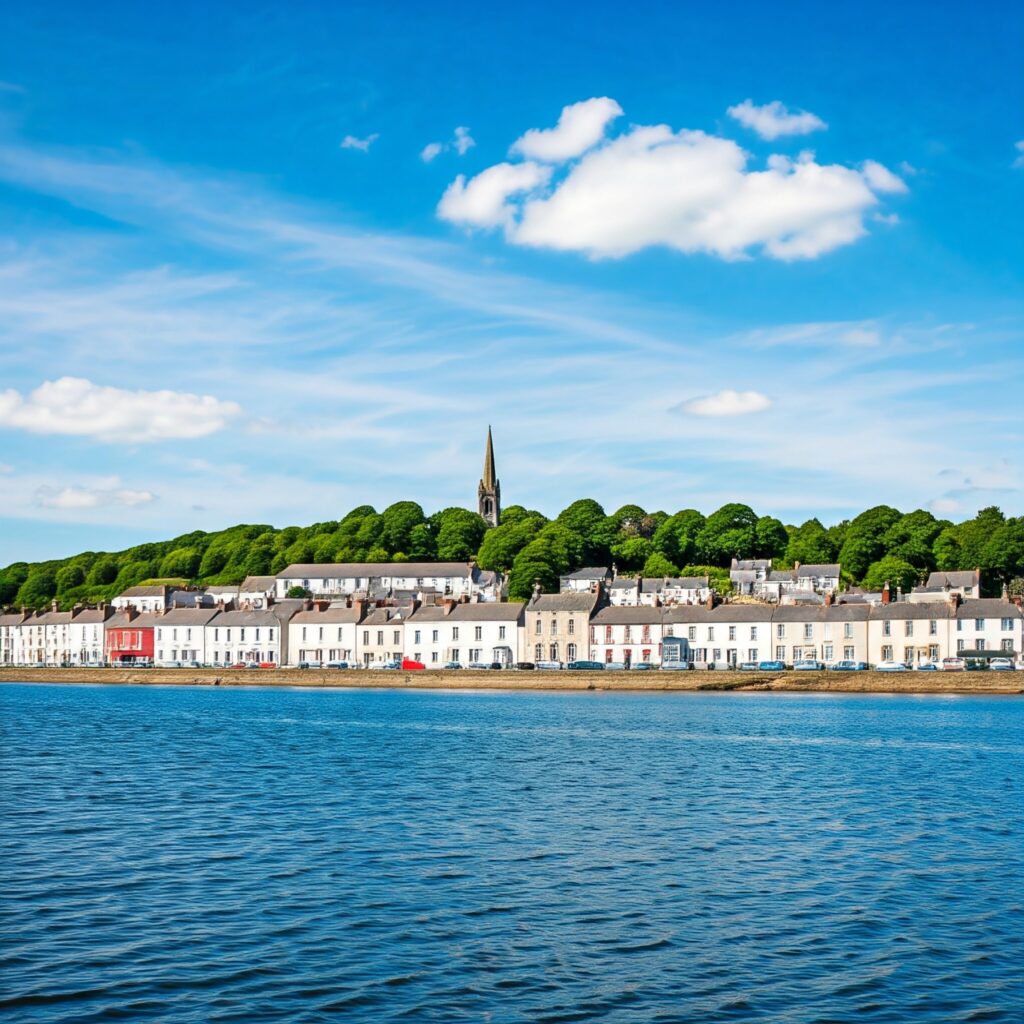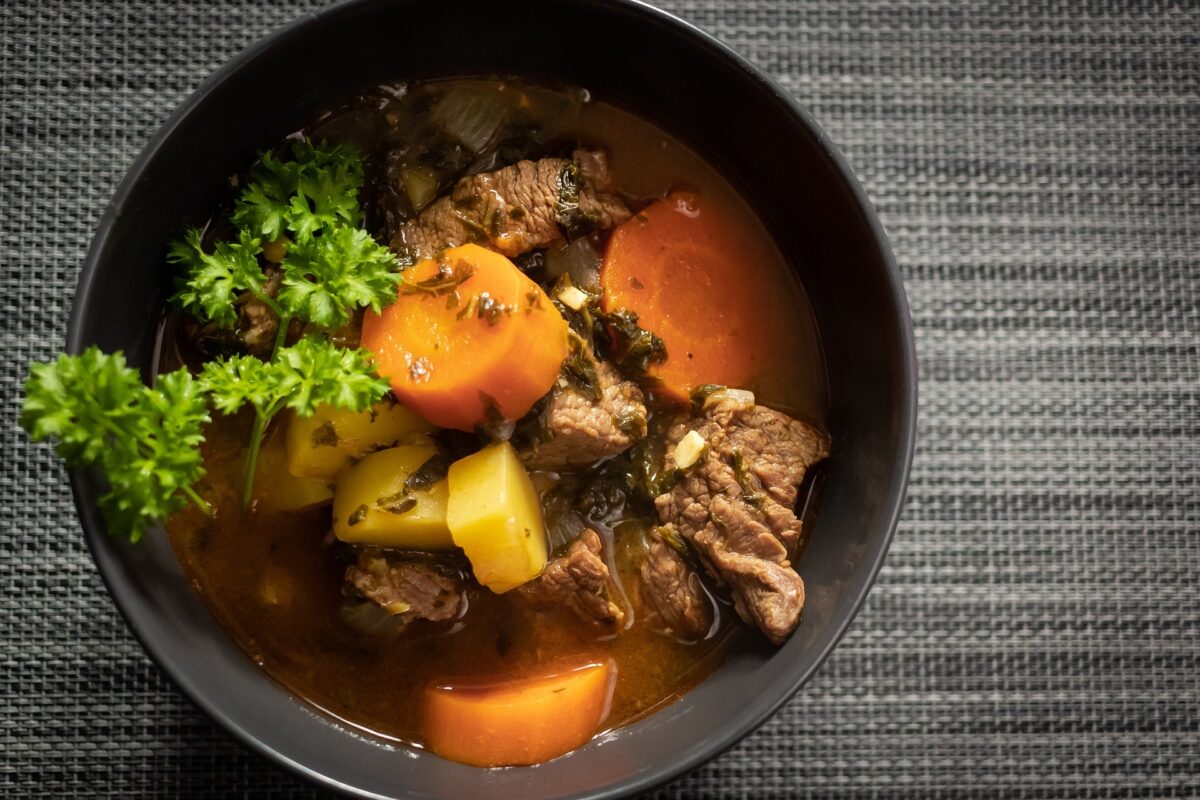“Inflammation is the silent saboteur of health.” This stark statement, while blunt, rings true. Chronic inflammation, a low-grade simmering within our bodies, can contribute to a range of health issues, from joint pain to serious diseases. But what if there was a simple, natural way to combat this insidious force? Enter turmeric, the golden spice that has captivated cultures for centuries, not just for its vibrant hue but for its potent anti-inflammatory properties.
The Golden Spice: Unleashing the Anti-Inflammatory Power of Turmeric
Turmeric, derived from the root of the Curcuma longa plant, boasts a treasure trove of bioactive compounds, with curcumin taking center stage. Curcumin, the golden pigment responsible for turmeric’s vibrant colour, is a potent antioxidant and anti-inflammatory agent. It works by modulating various pathways involved in inflammation, such as inhibiting the production of inflammatory molecules and reducing oxidative stress.
The Benefits of Turmeric: A Deep Dive
Beyond its anti-inflammatory prowess, turmeric offers a range of health benefits:
- Joint Health: Turmeric’s anti-inflammatory properties can help alleviate joint pain and stiffness associated with conditions like arthritis.
- Brain Health: Studies suggest that curcumin may improve cognitive function, protect against neurodegenerative diseases like Alzheimer’s, and enhance mood.
- Heart Health: Turmeric may help lower cholesterol levels, improve blood vessel function, and protect against heart disease.
- Skin Health: Turmeric has been traditionally used to treat various skin conditions, including acne, eczema, and psoriasis. Its anti-inflammatory and antioxidant properties can help soothe irritated skin and promote healing.
- Immune Support: Turmeric can help boost the immune system by supporting healthy inflammation responses and protecting against oxidative damage.
Incorporating Turmeric into Your Diet: 12 Delicious Recipes
While turmeric supplements are available, incorporating this golden spice into your daily diet is the most enjoyable and sustainable approach. Here are 12 delicious recipes to help you reap the benefits of turmeric:
1. Golden Milk:
- Ingredients: 1 cup plant-based milk (almond, oat, coconut) or cow’s milk, 1 teaspoon turmeric powder, 1/4 teaspoon ground ginger, 1/8 teaspoon black pepper (to enhance curcumin absorption), 1 teaspoon honey or maple syrup (optional).
- Method:
- Gently heat the milk in a saucepan.
- Add turmeric, ginger, and black pepper.
- Stir well and simmer for 5-7 minutes.
- Remove from heat and add honey or maple syrup (if using).
- Strain and enjoy warm.
2. Turmeric Roasted Vegetables:
- Ingredients: 1 pound mixed vegetables (broccoli, cauliflower, carrots, sweet potatoes), 1 teaspoon olive oil, 1/2 teaspoon turmeric powder, 1/4 teaspoon cumin powder, salt and pepper to taste.
- Method:
- Preheat oven to 400°F (200°C).
- Toss vegetables with olive oil, turmeric, cumin, salt, and pepper.
- Spread vegetables on a baking sheet and roast for 20-25 minutes, or until tender-crisp.
3. Turmeric Rice:
- Ingredients: 1 cup rice, 2 cups water or vegetable broth, 1/4 teaspoon turmeric powder, salt to taste.
- Method:
- Rinse rice thoroughly.
- In a saucepan, combine rice, water or broth, turmeric, and salt.
- Bring to a boil, then reduce heat to low, cover, and simmer for 45-50 minutes, or until all the liquid is absorbed.
- Fluff with a fork before serving.
4. Turmeric Hummus:
- Ingredients: 1 can chickpeas (drained and rinsed), 1/4 cup tahini, 2 tablespoons lemon juice, 2 cloves garlic (minced), 1/4 teaspoon turmeric powder, 1/4 teaspoon cumin powder, 1/8 teaspoon paprika, 1/4 cup water, salt and pepper to taste.
- Method:
- Combine all ingredients in a food processor or blender.
- Blend until smooth and creamy, adding more water as needed to reach desired consistency.
- Taste and adjust seasonings as needed.
- Serve with vegetables, pita bread, or crackers.
5. Turmeric Smoothie:
- Ingredients: 1 cup spinach or kale, 1/2 banana, 1/2 cup frozen berries, 1 cup plant-based milk, 1 teaspoon turmeric powder, 1/4 teaspoon ginger powder, 1 tablespoon chia seeds (optional).
- Method:
- Combine all ingredients in a blender.
- Blend until smooth and creamy.
- Enjoy immediately.
6. Turmeric Chicken Curry:
- Ingredients: 1 pound boneless, skinless chicken breasts, 1 onion (chopped), 2 cloves garlic (minced), 1 inch piece of fresh ginger (grated), 1 tablespoon olive oil, 1 teaspoon turmeric powder, 1 teaspoon garam masala, 1/2 teaspoon cumin powder, 1/4 teaspoon chili powder, 1 (14.5 ounce) can coconut milk, 1 cup vegetable broth, salt and pepper to taste.
- Method:
- Heat olive oil in a large skillet over medium heat.
- Add onion and cook until softened, about 5 minutes.
- Add garlic and ginger and cook for 1 minute more.
- Add chicken and cook until browned on all sides.
- Stir in turmeric, garam masala, cumin, and chili powder.
- Pour in coconut milk and vegetable broth.
- Bring to a simmer, then reduce heat to low, cover, and cook for 20-25 minutes, or until chicken is cooked through.
- Serve with rice or naan bread.
7. Turmeric Roasted Salmon:
- Ingredients: 1 pound salmon fillet, 1 tablespoon olive oil, 1 teaspoon turmeric powder, 1/2 teaspoon paprika, salt and pepper to taste.
- Method:
- Preheat oven to 400°F (200°C).
- Rub salmon with olive oil, turmeric, paprika, salt, and pepper.
- Place salmon on a baking sheet lined with parchment paper.
- Bake for 12-15 minutes, or until cooked through.
8. Turmeric Golden Beetroot Soup:
- Ingredients: 2 medium beets (peeled and chopped), 1 onion (chopped), 2 cloves garlic (minced), 1 inch piece of fresh ginger (grated), 1 tablespoon olive oil, 1 teaspoon turmeric powder, 1/4 teaspoon cumin powder, 4 cups vegetable broth, salt and pepper to taste, Greek yogurt or sour cream (optional for garnish).
- Method:
- Heat olive oil in a large pot over medium heat.
- Add onion and cook until softened, about 5 minutes.
- Add garlic and ginger and cook for 1 minute more.
- Stir in beets, turmeric, and cumin.
- Pour in vegetable broth.
- Bring to a boil, then reduce heat to low, cover, and simmer for 20-25 minutes, or until beets are tender.
- Use an immersion blender to puree the soup until smooth.
- Season with salt and pepper to taste.
- Garnish with Greek yogurt or sour cream (if desired).
9. Turmeric Lentil Soup:
- Ingredients: 1 cup dried green lentils, 4 cups vegetable broth, 1 onion (chopped), 2 carrots (chopped), 2 celery stalks (chopped), 2 cloves garlic (minced), 1 teaspoon turmeric powder, 1/2 teaspoon cumin powder, 1/4 teaspoon coriander powder, salt and pepper to taste, fresh parsley (chopped) for garnish.
- Method:
- Rinse lentils thoroughly.
- Heat olive oil in a large pot over medium heat.
- Add onion, carrots, and celery and cook until softened, about 5 minutes.
- Add garlic, turmeric, cumin, and coriander.
- Stir in lentils and vegetable broth.
- Bring to a boil, then reduce heat to low, cover, and simmer for 20-25 minutes, or until lentils are tender.
- Season with salt and pepper to taste.
- Garnish with fresh parsley.
10. Turmeric-Spiced Cauliflower Steaks:
- Ingredients: 1 large head of cauliflower, 1 tablespoon olive oil, 1 teaspoon turmeric powder, 1/2 teaspoon cumin powder, 1/4 teaspoon paprika, salt and pepper to taste.
- Method:
- Preheat oven to 400°F (200°C).
- Cut cauliflower into 1-inch thick steaks.
- Brush cauliflower steaks with olive oil and season with turmeric, cumin, paprika, salt, and pepper.
- Place cauliflower steaks on a baking sheet lined with parchment paper.
- Bake for 20-25 minutes, or until tender-crisp.
11. Turmeric-Infused Avocado Toast:
- Ingredients: 2 slices whole-grain bread, 1 ripe avocado, 1/4 teaspoon turmeric powder, 1/8 teaspoon black pepper, 1 tablespoon lemon juice, salt and pepper to taste, red pepper flakes (optional).
- Method:
- Toast bread slices.
- Mash avocado in a bowl.
- Stir in turmeric, black pepper, and lemon juice.
- Season with salt and pepper to taste.
- Spread avocado mixture on toasted bread.
- Sprinkle with red pepper flakes (if desired).
12. Turmeric-Ginger Tea:
- Ingredients: 1 teaspoon turmeric powder, 1/2 teaspoon grated ginger, 1 cup hot water, honey or lemon (optional).
- Method:
- Add turmeric and ginger to a mug.
- Pour hot water over the spices.
- Stir well and steep for 5-7 minutes.
- Add honey or lemon (if desired).
- Strain and enjoy.
Tips to Maximise Turmeric Consumption:
- Pair with Black Pepper: Black pepper contains piperine, a compound that significantly enhances the absorption of curcumin.
- Add Turmeric to Everyday Dishes: Sprinkle turmeric powder over eggs, stir-fries, soups, stews, and salads.
- Use Turmeric in Marinades: Marinate chicken, fish, or tofu with turmeric, ginger, garlic, and other spices.
- Experiment with Turmeric Supplements: If you prefer a more concentrated source, consider high-quality turmeric supplements, but always consult with a healthcare professional before starting any new supplement.
- Choose Organic Turmeric: Organic turmeric is generally considered to be of higher quality and may contain fewer contaminants.
Conclusion
Turmeric, with its vibrant color and potent health benefits, is a true culinary treasure. By incorporating this golden spice into your diet through delicious and creative recipes, you can harness its anti-inflammatory power and support overall well-being. Remember to pair turmeric with black pepper to enhance its absorption and explore the diverse ways to enjoy this versatile spice.
Disclaimer: This article is for informational purposes only and should not be considered medical advice. Consult with a healthcare professional before making any significant dietary changes or starting any new supplements.
Get help to protect and grow your business faster with CheeringUpInfo
Find out more about Lifestyle Improvement Club Corporate Membership
Subscribe for free lifestyle improvement tips reviews and money saving ideas
Read more lifestyle improvement club articles and view videos
Read more articles and view videos :
- Turmeric Recipes for Chronic Inflammation Reduction – for those seeking natural solutions for a common health concern.
- Anti-Inflammatory Turmeric Recipes for Arthritis Pain Relief – how turmeric can provide relief.
- Boosting Brain Health with Turmeric: Delicious Recipes – for individuals interested in cognitive function and brain health.
- Easy Turmeric Recipes for Beginners: Improve Skin Health – caters to those new to using turmeric and interested in its skin benefits.
- Top 12 Turmeric Recipes for Joint Pain Relief and Inflammation
Relevant hashtags :
- #TurmericRecipes
- #AntiInflammatoryFoods
- #HealthyLiving
- #SpiceUpYourLife
- #TurmericBenefits
x
Turmeric Recipes for Chronic Inflammation Reduction
